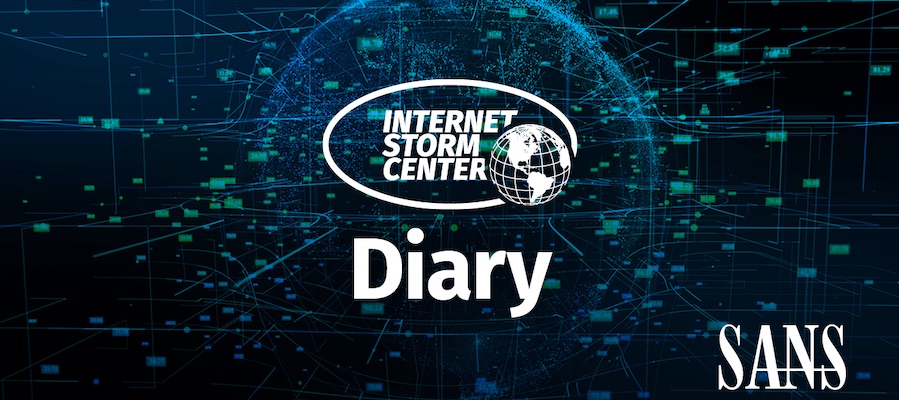I published the following diary on isc.sans.edu: “Sextortion to The Next Level“: For a long time, our mailboxes are flooded with emails from “hackers†(note the quotes) who pretend to have infected our computers with malware. The scenario is always the same: They successfully collected sensitive pieces of evidence about


